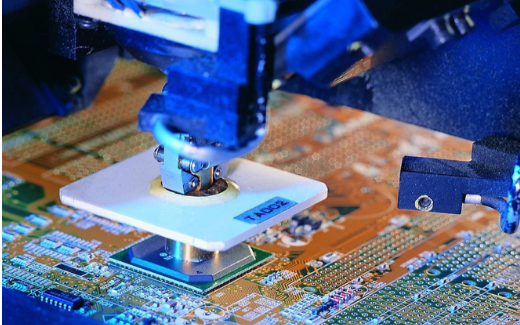October 29, 2020
2348
1. Pointing
Reasons: Most of these problems are caused by excessive squeegee gaps or excessive solder paste viscosity.
Solution: Determine the cause. If the gap of the squeegee is too large, adjust the gap of the small squeegee to the appropriate position during SMT processing. If the viscosity of the solder paste is too large, the SMT factory needs to reselect the solder paste with the appropriate viscosity during processing. .

2. The solder paste is too thin
Reasons: Generally, the solder paste is too thin and there may be three reasons in SMT processing:
(1) The template is too thin;
(2) The scraper pressure is too large;
(3) The fluidity of the solder paste is poor and cannot meet the requirements.
Solution: First determine the reason why the solder paste is too thin in SMT chip processing, and then solve the problem in a targeted manner. If the template is too thin, change the template with the appropriate thickness; if the pressure of the squeegee is too high, adjust the pressure of the squeegee appropriately; the fluidity of the solder paste is generally related to the particle size and viscosity of the solder paste, and you can select the appropriate solder paste.
3, the thickness of solder paste on the pad is uneven
Reasons: There are generally two reasons for the uneven thickness of solder paste on the pad:
1. The solder paste is not evenly mixed;
2, the template and the printed circuit board are not parallel.
Solution: Determine the cause of the problem and solve the problem according to the reason. Fully mix the solder paste before printing to make the solder paste granularity uniform; adjust the relative position of the template and the printed board to make them parallel.
4. Different thickness, burrs on the edge and appearance
Reasons: Most of it is caused by low solder paste viscosity or rough template hole walls.
Solution: Re-select the higher viscosity type of solder paste, and carefully check the quality of the etching process before the SMT factory placement process.
5. Fall
Causes: There are generally three reasons for the collapse:
(1) The positioning of the printed board is not stable enough;
(2) The scraper pressure is too large;
(3) The viscosity of the solder paste is too low or the metal content of the solder paste is too low.
Solution: Determine the cause of the sinking in SMT processing, and then take corresponding solutions according to the cause:
(1) Fix the printed board again and keep it stable;
(2) Adjust the pressure of the squeegee to an appropriate level;
(3) Re-select the solder paste to make the viscosity or metal content of the solder paste meet the requirements of SMT patch processing solder paste printing.
6. Incomplete printing
Reasons: There are many reasons, the common ones are generally the following four:
(1) The opening is blocked or there is solder paste sticking to the bottom of the template;
(2) Insufficient viscosity of solder paste;
(3) There are larger metal powder particles in the solder paste;
(4) The scraper is worn.
Solution: Take corresponding solutions according to different causes:
(1) Clean the opening and the bottom of the template;
(2) Re-select the appropriate solder paste;
(3) Re-select the solder paste to match the selected metal powder particle size with the opening size;
(4) Replace the scraper.